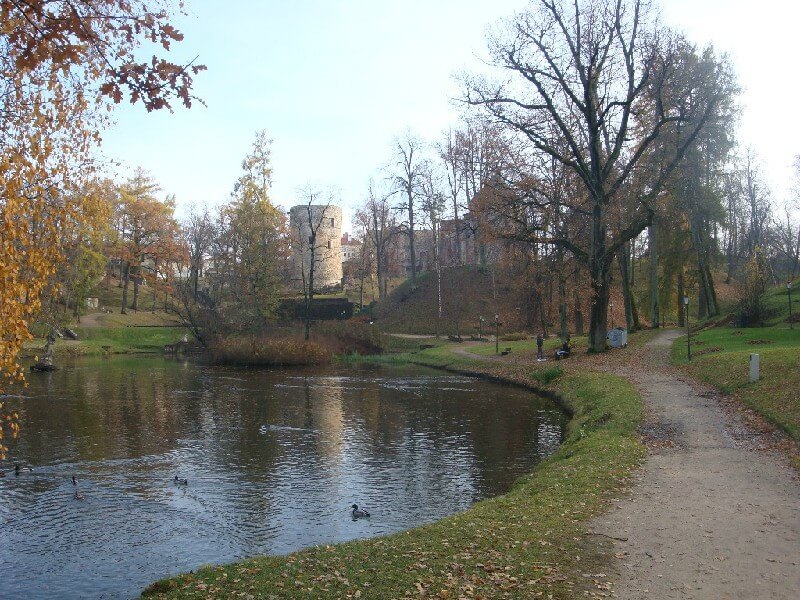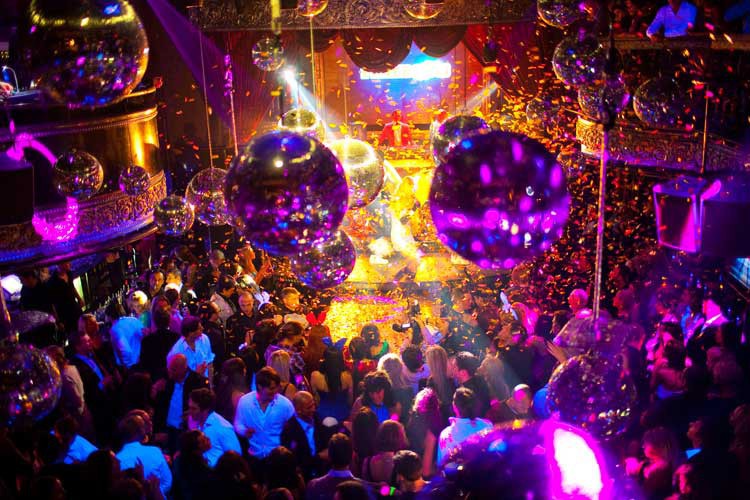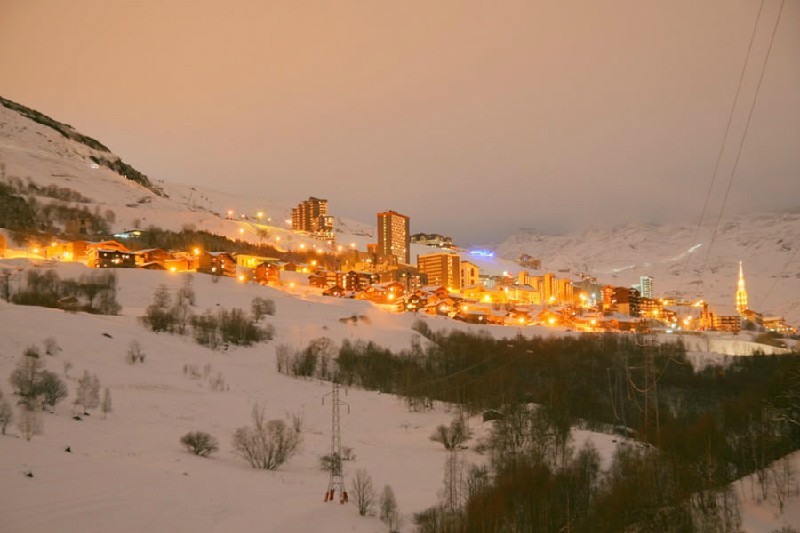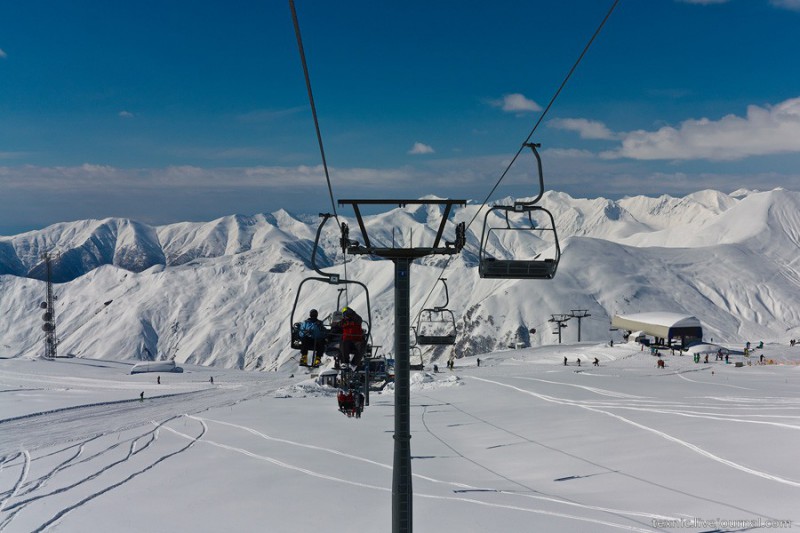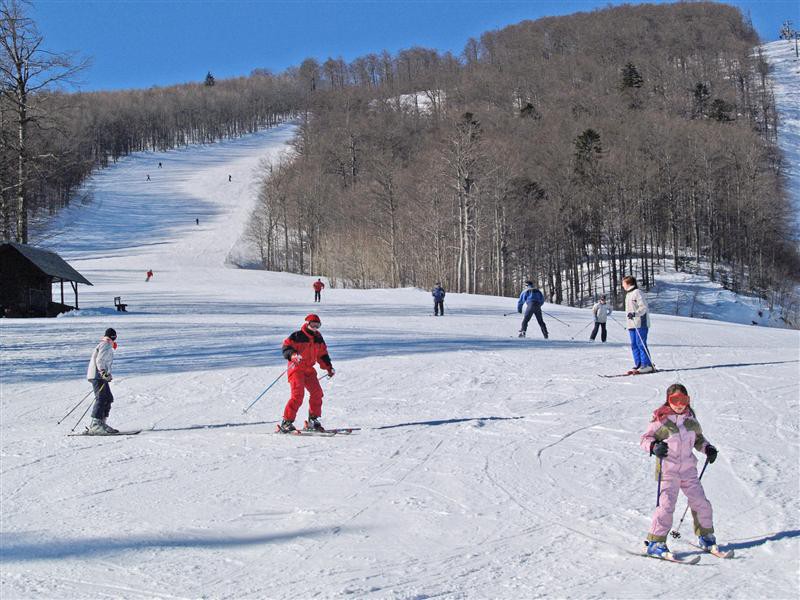Cesis. Recreation and entertainment
Rating: 9,1/10 (2468 votes) 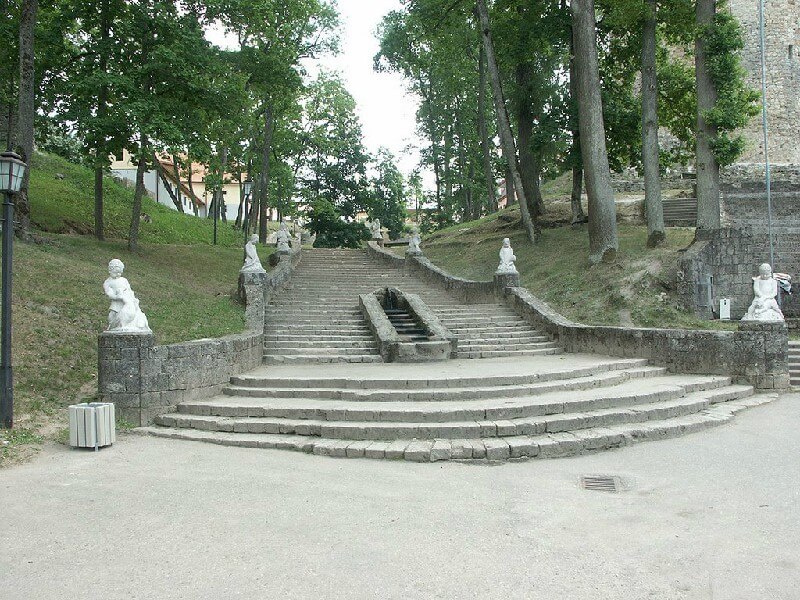 TourismCesis is an extremely picturesque place surrounded by hills, pine trees and the bends of the Gauja River. The city will appeal to those who do not like the bustle and hectic pace of life in large resorts. There are narrow streets, ancient architecture, which includes mainly houses on one or two floors with tiled roofs and courtyards entwined with flowers. All this creates a special, colorful Latvian atmosphere. In Cesis, tourists can also engage in various types of outdoor activities. At the same time, it is possible to combine such summer activities as cycling, paintball, horseback riding, hiking , canoeing, fishing, etc. Not far from the city there is a ski center agarkalns, where winter sports fans will be provided with 7 different ski slopes with height differences of about 45 meters. 11 lifts will take guests to the slopes. AttractionsCesis has a rich 800-year history. In this area, near the banks of the Gauja River, in the 11-12th centuries, there were settlements of Latgalians and Livonian Wends, who built their castles here from wood. Historical sources first mention the city of Cesis in 1206 (Indrik chronicles). Here the German crusaders began to build a new, stone castle, which gave the city its German name - Wenden. It was from here that the swordsmen made their campaigns against the Baltic tribes. From 1237 to 1561, the Livonian Order was based in the castle. In the 14-15th centuries, the city experienced an active development, entered the Hanseatic League. After the Livonian and Northern Wars, which stopped the development of Cesis, the city passed into the hands of the Russians in 1703. However, it received the status of a city later, in 1762. Only at the end of the 19th century, the town received the status of a recreation center. In the second half of the 20th century, the city is increasing its industrial power. However, it has preserved the atmosphere of a small Latvian town to this day. The extremely long and rich history of the city of Cesis has left many reminders of itself. Often tourists are attracted by the ancient settlement "Riekstu kalis" (or"Walnut Mountain"), where ancient fortifications have been preserved. It is here that the best-preserved castle from the Middle Ages is located - castle of the Livonian order, the best preserved of all castles of that time. The castle and pre-castle buildings are the main historical core of the city. The castle was built in 1207, for a long time it was the residence of the master of the Livonian Order. Since that time, the castle has undergone numerous reconstructions. Today only a single-nave chapel in the eastern half of the building has been preserved from its original appearance in fragments. Also, in a relatively general form, you can see white-stone architectural details in the late Romanesque style.  The castle is a unique combination of gothic, classicist and baroque features. Today, costumed theatrical performances with knights are held here, torches and early music and dancing. The History and Art Museum is also open here. Climbing the castle tower, you can enjoy the beautiful surrounding panorama. The Church of St. John, which is the largest Latvian medieval basilica outside the capital. Over the years, the church served as the temple of the Livonian order-bearers, the cathedral of the Bishop of Infland and the Lutheran church. Many masters and bishops are buried here. The church walls are made of limestone blocks and brickwork. In the church you can often hear the sounds of a beautiful organ, and one of its walls is decorated with an ancient sundial. But the greatest value is the altarpiece "Christ at the Cross". Tourists will be interested to see the New Cesis Castle, built in the 18th century. The museum offers a unique display of the most important archaeological finds from the castle grounds. The Museum of Art is also located here. The Exhibition House of Cesis regularly organizes exhibitions and concerts. Interesting are the medieval Raunas varti gates (Raunski gates) and the Raunski castle, which in antiquity is comparable only to the castle of the Livonian order. The main natural attraction of these places is the river Gauja. Around it is a whole cultural and historical natural park, including Red Rocks, Zvanu cliff and others. Tourists should walk along the so-called. Ligatne nature trails and climb to the observation deck on the Tsepurisu mountain. Not far from Cesis there is the highest multistage waterfall in Latvia - Big Waterfall 7.5 m high. Arts Festival, Medieval festivals, etc. are held in Cesis. SHOW YET We also recommend reading Mausoleum of the Aga Khan in Egypt, Aswan resort Topic: Cesis. Recreation and entertainment. |
